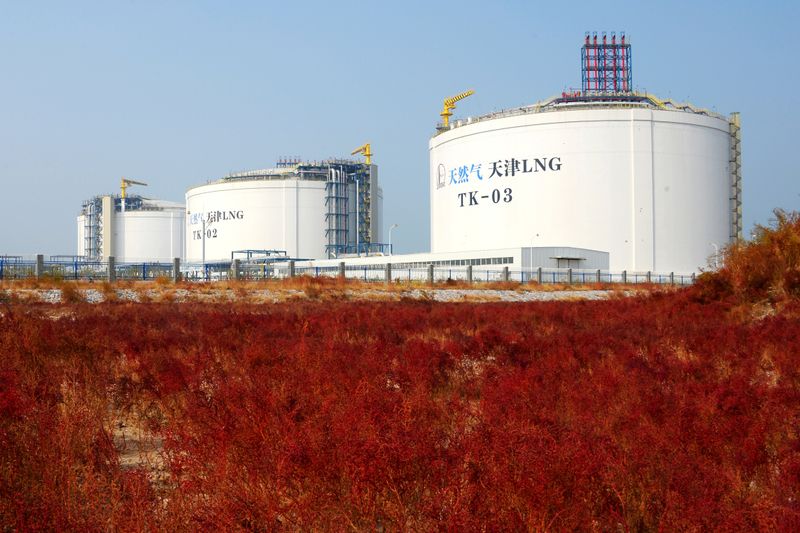(Bloomberg) -- After lashing Bermuda, Hurricane Fiona is racing north toward Eastern Canada, threatening to become the most powerful storm ever to hit the region. A second system, meanwhile, is developing in the Caribbean and may strike Cuba and Florida early next week.
Packing winds of 125 miles (200 kilometers) per hour, Fiona is on pace to hit Nova Scotia Saturday as a Category 2 hurricane, expected to leave a swath of destruction, the US National Hurricane Center said. “This could be the worst storm they have ever seen,” said Don Keeney, a meteorologist at commercial-forecaster Maxar.
The system in the Caribbean, currently a tropical depression, is forecast to grow into a hurricane by early Monday, barrel over Western Cuba on Tuesday and strike Florida’s West Coast Wednesday.
The two storms are a forceful sign that the Atlantic Hurricane season is roaring to life after months of quiet. Forecasters had predicted an unusually active year. Yet for the first time in 25 years, the Atlantic didn’t churn up a single tropical storm during August. Now September has given rise to three hurricanes, with a fourth threating to form.
Fiona has already cut a swath of destruction across the Caribbean, leaving floods, landslides and power outages on the Dominican Republic and Puerto Rico. Hurricane warnings have been posted for parts of Nova Scotia, Prince Edward Island, and Newfoundland.
Fiona could cause between $1 billion to $1.5 billion in damage in Canada, based on its current forecast, said Chuck Watson, a disaster modeler with Enki Research.
The storm in the Caribbean, likely to be named Hermine, is on track to pass just west of Havana and strike Florida near Fort Myers. There is a chance the track will change, potentially shifting further west into the Gulf of Mexico. The storm’s current forecast keeps it away from offshore oil and natural gas production in the western Gulf.
The storm could cause about $12 billion in losses in western Florida and Cuba, Watson said. The damage could be particularly harsh for citrus growers, who are just about to start harvesting their crops.
“If it does hit, this is the worst time of year for that to happen,” Keeney said.
Florida is the largest orange juice producer in the US. Orange juice futures were up 1.2% in New York Friday, bucking a broad decline across commodities.
Forecasters are also watching Tropical Storm Gaston near the Azores and two tropical waves moving east from Africa toward the Caribbean.
©2022 Bloomberg L.P.

